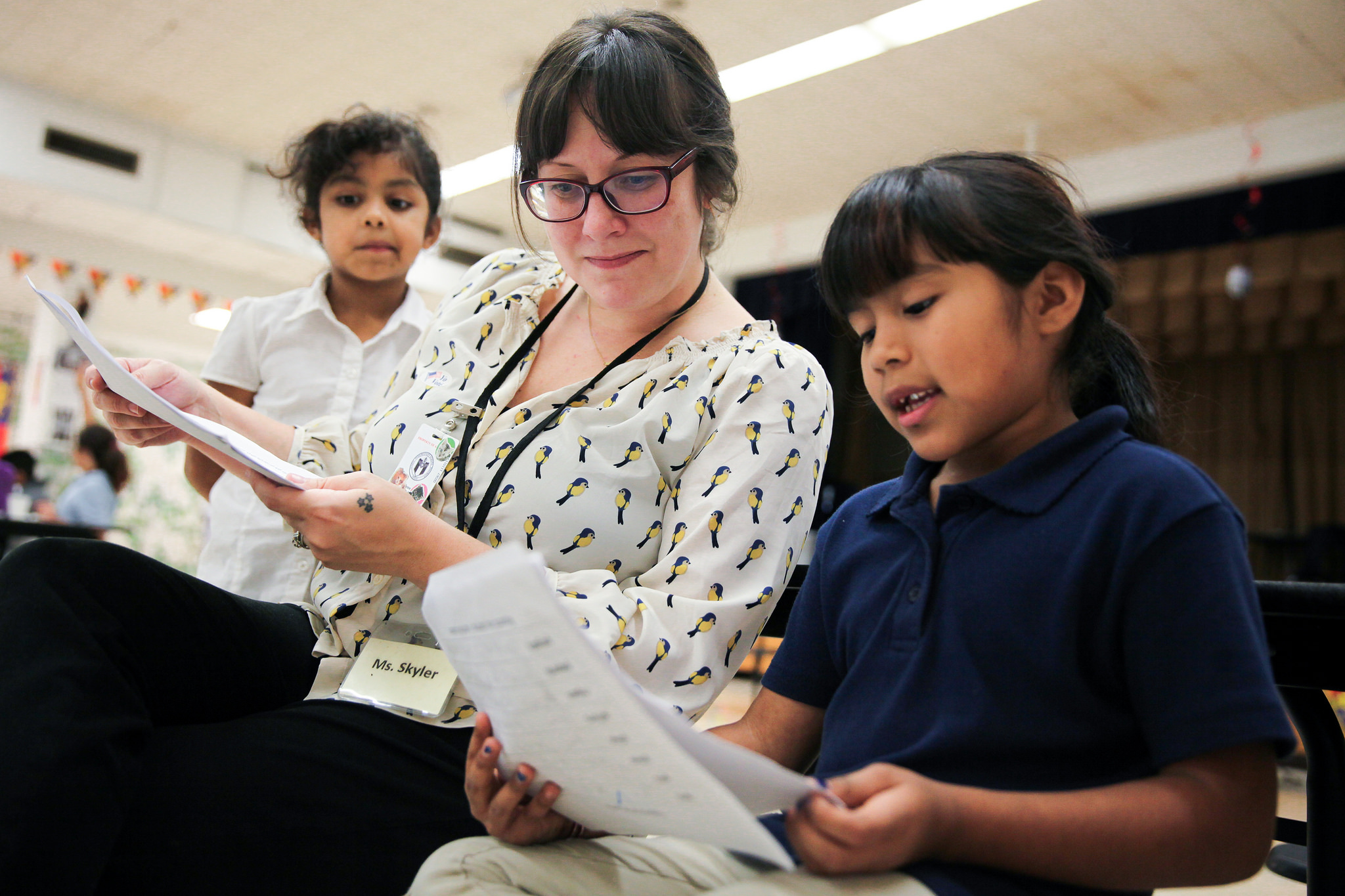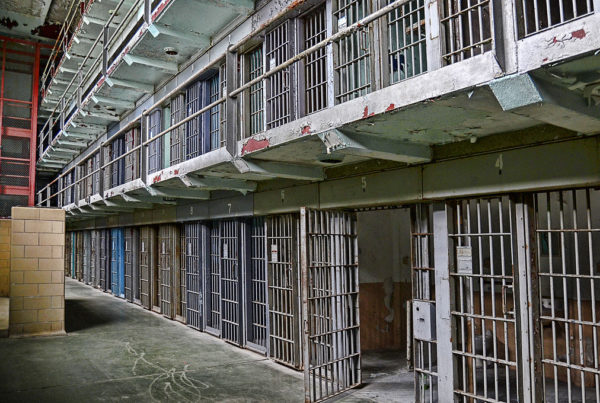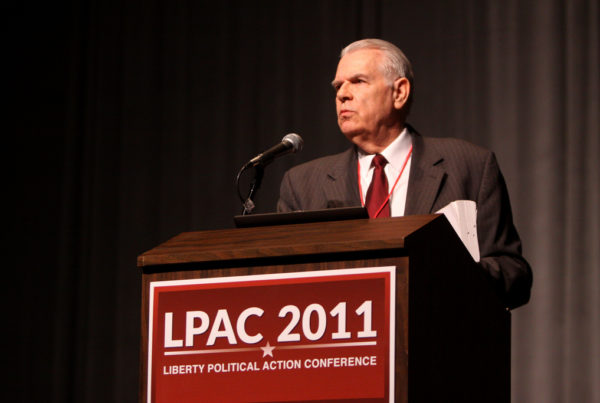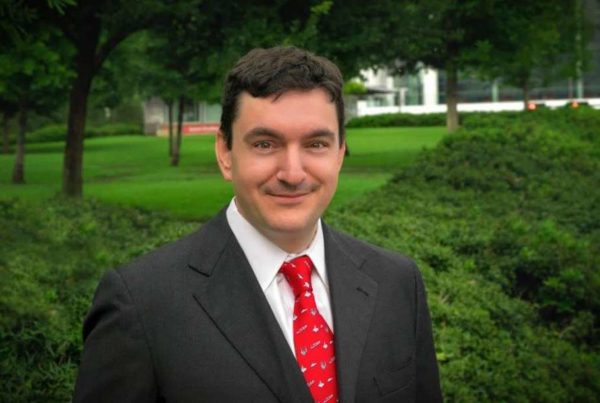From KACU:
The special session is underway, and of the 20 items Gov. Greg Abbott says he wants lawmakers to tackle, one is getting a lot of attention from teachers.
“I want legislation on my desk that increases teacher pay by $1,000,” Abbott said in a press conference last month. “To achieve that, Texas doesn’t need to spend more, it just needs to spend smarter.”
Many agree teachers should be paid more, but some educators say this proposal could actually do more harm than good depending on where the money comes from. One of our listeners wanted to find out more details about how such raises would work. Jane Chesney submitted her questions to the Texas Decides project to learn more.
“The idea of giving every teacher in Texas a raise of a $1,000 sounds really nice,” Chesney says. “But I’m just curious to know: Who is a teacher?”
Chesney is retired but she spent 30 years in education. She taught in the Midwest, then in the Southeast and finally, in Texas. She settled down in The Woodlands and was a librarian in public and private schools. So her question hits close to home. Chesney has a master’s degree in library sciences and she put in an equal amount of hours with students as the teachers did. So, if she was teaching in a Texas public school today, would she be eligible for a raise? Well, it depends.
“Generally when they say they’re giving a teacher a raise they’re talking about a certified professional that is in a classroom,” Tonja Gray says. “So there’s a lot of people who are being left out of this proposal.”
Gray is the state secretary for the Association of Texas Professional Educators. She’s also a literacy education specialist in Abilene.
“In my position, I’m an interventionist,” Gray says. “But some school districts consider that a specialist rather than a teacher.”
That means Jane Chesney may, hypothetically, get a raise, but it would depend on how her district classifies positions. That leads us to part two of Chesney’s question:
“I was also interested in knowing where the money was going to come from.”
That’s on many people’s minds, and the term “unfunded mandate” has come up a lot. The short answer is, we don’t know yet. That’s because there’s disagreement on who ends up paying if Texas public teachers do get their extra $1,000 dollars. Lt. Gov. Dan Patrick says it should be the local school districts.
Last week, when he was laying out his education agenda for the special session, Patrick said districts should set aside some of the money they already have to raise teacher pay. Districts could make it work, Patrick said, if they just make better choices.
“I know there are challenges but we have to prioritize how we spend the money,” Patrick said in a press conference last week. “Teachers are the key; buildings don’t educate students.”
But groups like Gray’s and other educator advocates say that’s way easier said than done.
“The local districts are strapped,” Gray says. “We are spending our money as efficiently as we can. I don’t want to see us lose teachers or programs trying to give teachers a pay raise.”
Gray says the only solution when it comes to schools and money is for the state to simply increase funding for public education. For the special session, some lawmakers have filed bills that would do just that. Rep. Drew Darby, R-San Angelo, is one of them.
“If we’re going to tell the school districts to increase their help to teachers, then I think the state ought to step up on our responsibility,” Darby says.
But even though his bill kicks more cash to public schools, Darby’s still not certain where it would come from. He says one possibility is using money from the state’s Economic Stabilization Fund, more commonly know as the Rainy Day Fund. Or, maybe using some of the extra $42 million the state Comptroller recently said is available. What he doesn’t want to see happen is for local communities to raise property taxes to cover the cost of raises.
“You can’t talk about one without the other,” Darby says. “If we’re going to talk about real property tax relief then we need to talk about school finance.”
Local property taxes have steadily gone up over the past decade to compensate for the state’s share of education spending, which has gone down.
“It’s all tied together,” says Mark Wiggins, a lobbyist for the Association of Texas Professional Educators. “The more the state invests in restoring its share of public school funding, the less local taxpayers will have to shoulder that burden.”
Wiggins advocates for Texas educators by taking their needs straight to the Capitol. Currently, Texas employs about 350,000 public school teachers. Wiggins says everyone believes teachers deserve a raise. Even outside of work, he hears about it a lot.
“My mom’s a teacher, my sister is a teacher, I have an uncle who is a teacher and an aunt who is a teacher, and my brother is about to become a teacher,” Wiggins says.
Wiggins also says because of its size, the Texas’s public education system is a role model for other states.
“People pay attention to what happens here,” Wiggins says. “When we do good things, those tend to get copied elsewhere and when we do bad things, people learn lessons from them.”
















